Premise
The following indications are for informational purposes EXCLUSIVELY and are not intended to replace the opinion of professionals such as a doctor, nutritionist or dietician, whose intervention is necessary for the prescription and composition of PERSONALIZED food therapies.
Hyperuricemia and gout
Hyperuricemia is a disease characterized by an "altered metabolism of uric acid" which, by increasing its levels in the blood, can accumulate in the tissues leading to gout (SYMPTOMATIC pathology on a genetic basis which can also become highly disabling);

Hyperuricemia is due to the excessive synthesis of purine bases (nitrogenous compounds of nucleic acids - DNA and RNA) that are not used and accumulate; to dispose of them, it is therefore necessary to convert them into uric acid and excrete it in the urine. Unfortunately, often the excretion capacity is not fast enough to compensate for its overproduction, therefore hyperuricemia occurs. On the other hand, there is also the possibility that the kidneys themselves have a defect in the ability to filter uric acid from the plasma, constituting a " another cause of hyperuricemia independent of purine production. Hyperuricemia can therefore be caused both by an overproduction of purines and by the reduced ability to dispose of uric acid.
Hyperuricemia causes gouty symptoms consisting of: urate deposits in various locations, arthritic-like joint inflammation due to urate deposits, gouty nephropathy.
Diet for hyperuricemia and gout
The diet for hyperuricemia is a diet aimed at reducing the levels of uric acid in the blood; any diet for hyperuricemia has 4 fundamental characteristics:
- Breaks down the intake of purines
- Significantly increases water intake
- Eliminate any source of ethyl alcohol
- Induces or maintains a normal weight and fights obesity.
Foods that contain the most purines are: anchovies or anchovies, sardines, sweetbreads, liver, kidney, brain, meat extract, game.
Followed by those with a medium purine content: meats, poultry, fish, crustaceans, cured meats and sausages in general; peas, beans, lentils, asparagus, spinach, cauliflower, mushrooms.
Concluding with those low in purines: milk, eggs, cheeses, vegetables (except those listed above), fruit, pasta and other cereals (except for wheat germ and wholemeal products).
Taking into consideration that a diet rich in glucose and its polymers favors the excretion of uric acid, while a diet EXCESSIVELY rich in fructose and fats facilitates its retention. As in many other metabolic diseases, also for hyperuricemia it has been shown that the biochemical parameters suffer a greater benefit from the reduction of overweight / obesity rather than from the reduction of dietary purines. NB. The diet for hyperuricemia and gout is often low in dietary fiber.
Useful supplements
There are no supplements useful to counteract hyperuricemia and gout; however, often these are disorders related to a genetic predisposition that requires the use of specific drugs administered by the doctor such as: allopurinol, probenecid and sulfinpyrazone for continuous treatment, while, in case of acute conditions, colchicine and NSAIDs can be useful.
Example
- Obese retiree, hunter and fisherman; drinks 500ml of wine per day.
Gout Diet Example - Day 1
Gout Diet Example - Day 2
Gout Diet Example - Day 3
Gout Diet Example - Day 4
Gout Diet Example - Day 5
Gout Diet Example - Day 6
Gout Diet Example - Day 7


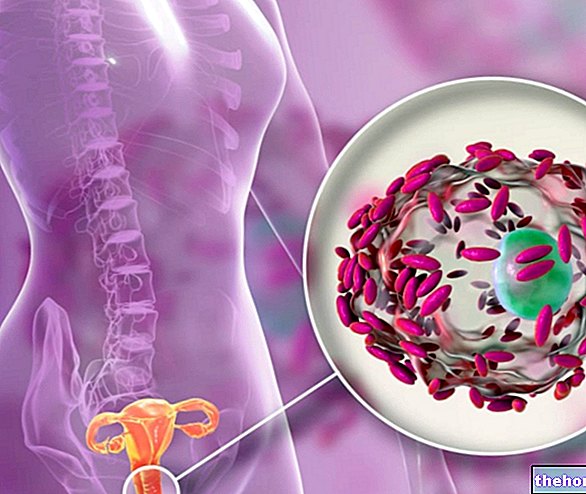
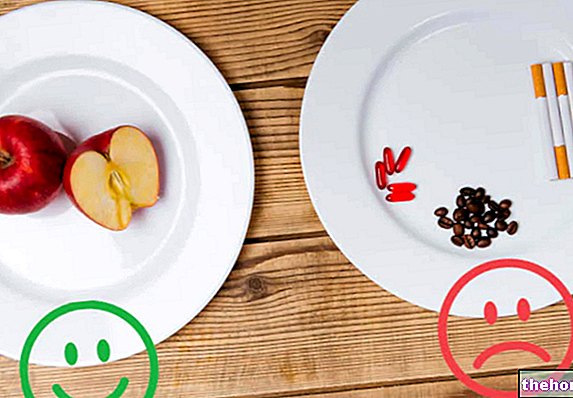
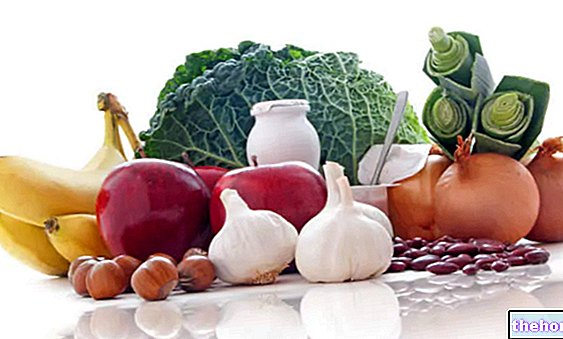
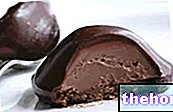
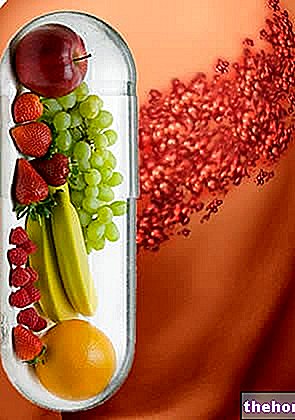









.jpg)











